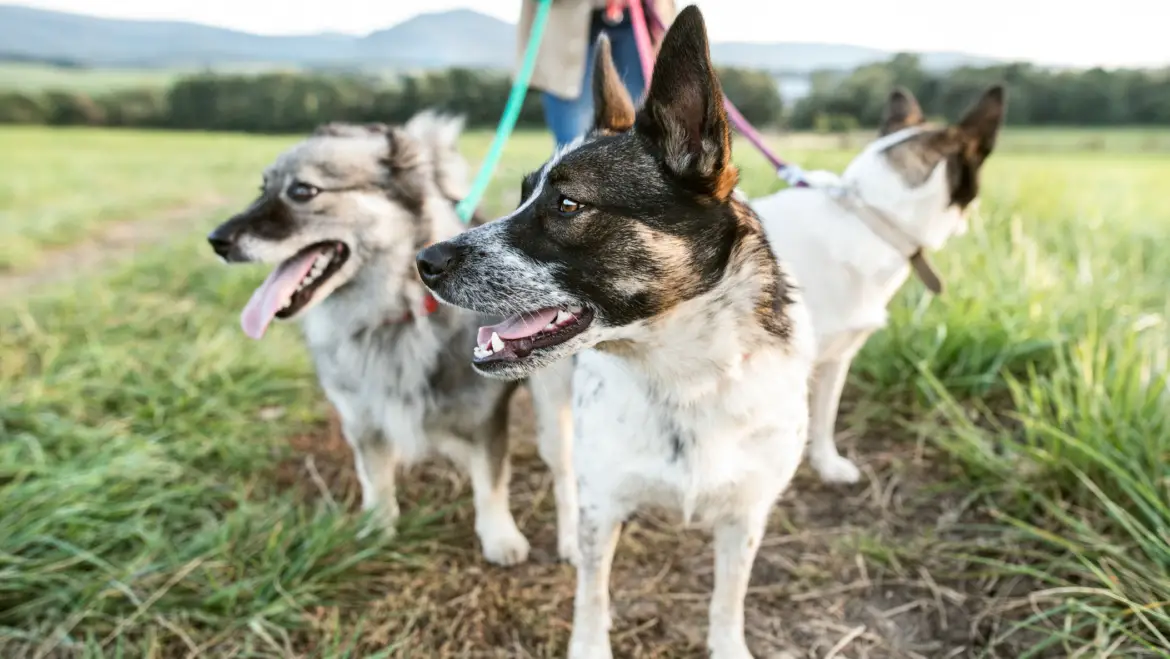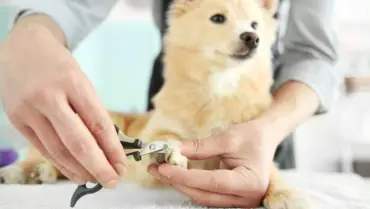Is your furry best friend afraid to go on walks? It can be concerning as a pet parent when our pups show signs of fear or reluctance. There are several reasons why your dog may be hesitant to go for daily strolls, and we’re here to explore them in this post. From noise phobia to lack of socialization, we’ll cover five common causes of dog walking anxiety and offer solutions to help your pup feel safe and confident on their next outdoor adventure!
Signs of anxiety in dogs
There are several signs that may indicate your dog is anxious on walks. If your dog cowers, tucks its tail, or drools excessively, these may be signs of fear or anxiety. Your dog may also try to hide behind you or refuse to walk altogether. If you notice any of these behaviors, it’s important to take steps to help your dog feel more comfortable on walks.
One way to help an anxious dog is to desensitize them to the things that trigger their anxiety. This can be done by exposing them to their triggers in a controlled setting and helping them to associate positive experiences with those triggers. For example, if your dog is afraid of other dogs, you can expose them to other dogs in a safe environment where they can’t be harmed. With time and patience, your dog should start to feel more comfortable around other dogs and their anxiety should lessen.
Reasons why a dog may be afraid to go on walks
A dog may be afraid to go on walks for a number of reasons. They may have had a negative experience in the past, such as being attacked by another dog or getting lost. They may also be afraid of unfamiliar environments and people. If your dog is afraid to go on walks, it is important to slowly desensitize them to their fear and make the experience positive for them. Here are some tips:
-Start with short walks in familiar environments and gradually work up to longer walks in new areas.
-Make sure you have plenty of treats available to reward your dog for good behavior.
-Avoid using a leash if possible – this will help your dog feel more comfortable and less restricted.
-Be patient and consistent – eventually your dog will overcome their fear and enjoy spending time outdoors with you!
How to prepare your dog for walks (establishing trust and reducing anxiety)
One of the best ways to build trust with your dog is through walks. Walks provide opportunities for your dog to explore new sights and smells, while also getting some much-needed exercise. However, some dogs may be hesitant or even afraid to go on walks. This can be due to a variety of reasons, including previous traumatic experiences or a lack of socialization.
Fortunately, there are several things you can do to help your dog overcome their fear of walking.
First, it’s important to start slow and let your dog get used to the idea of walking. Go on short walks around the block or in your neighborhood before venturing out further.
Secondly, make sure you’re using a comfortable collar and leash that won’t pull or choke your dog. And finally, be patient and encouraging during walks, offering treats and praise when your dog does something good. With time and patience, you should be able to help your dog enjoy walks just as much as you do!
Proper leash etiquette and how it can help your dog adjust to walking
Proper leash etiquette and how it can help your dog adjust to walking:
If your dog is afraid to go on walks, proper leash etiquette can help them adjust. Dogs that are afraid of walking may be fearful of the leash itself, or they may be afraid of the unknown. Walking a dog on a leash gives you control over their movement and allows you to keep them safe from hazards. It also helps to prevent them from running off and getting lost.
Teaching your dog proper leash etiquette is essential for both their safety and for your peace of mind. When walking your dog on a leash, always hold the leash in your dominant hand and keep it loose, never tighten it unless absolutely necessary. If your dog starts to pull ahead, gently guide them back to your side with the leash. Never jerk or yank on the leash, as this can hurt your dog or startle them further. Instead, calmly give verbal commands such as “heel” or “slow down.”
With patience and consistency, you can help your dog overcome their fear of walking on a leash. Soon they’ll be confident and happy strolling by your side!
Training exercises with rewards to encourage your dog on walks
One of the reasons your dog may be afraid to go on walks is because they are not used to it. Dogs are creatures of habit and if they are not used to walking, it can be a scary experience for them. A great way to get your dog used to walking is by starting with some training exercises. You can reward your dog with treats or positive reinforcement when they do well. This will help them understand that walking is a good thing and something they should be doing. Once your dog gets used to walking, they will be much more likely to enjoy it and want to do it more often.
How to handle if your dog is still hesitant after implementation of these strategies
There are a few things you can try if your dog is still hesitant after implementing the strategies mentioned in the previous section. First, try breaking up the walk into smaller increments of time. Start with a five minute walk and gradually increase the time as your dog gets more comfortable. You can also try walking in different areas so that your dog can explore new smells and sounds. Finally, make sure you keep a relaxed attitude during the walk and praise your dog often for taking brave steps!
Conclusion
We hope this article has been helpful in understanding why your dog may be afraid to go on walks. Taking the time to identify and address the source of their fear can help keep them safe, make walks enjoyable for both you and your pet, and enhance your bond with each other. Remember that dogs don’t always understand our human timeline so if progress is slow—that’s okay! Be patient and persistent in helping your pup overcome their fear so that you can continue exploring together happily.



Add Comment